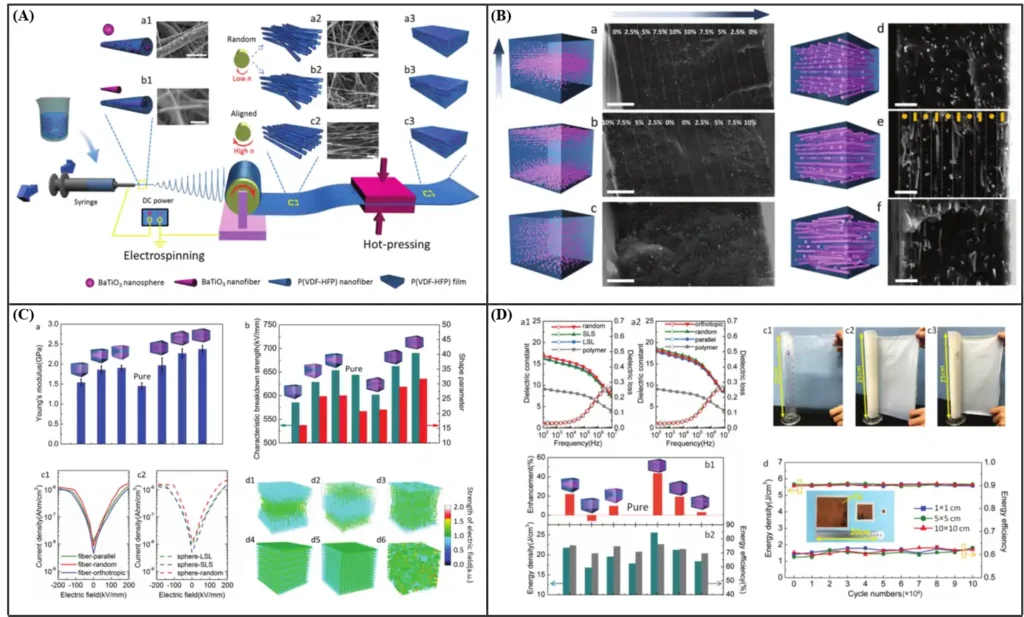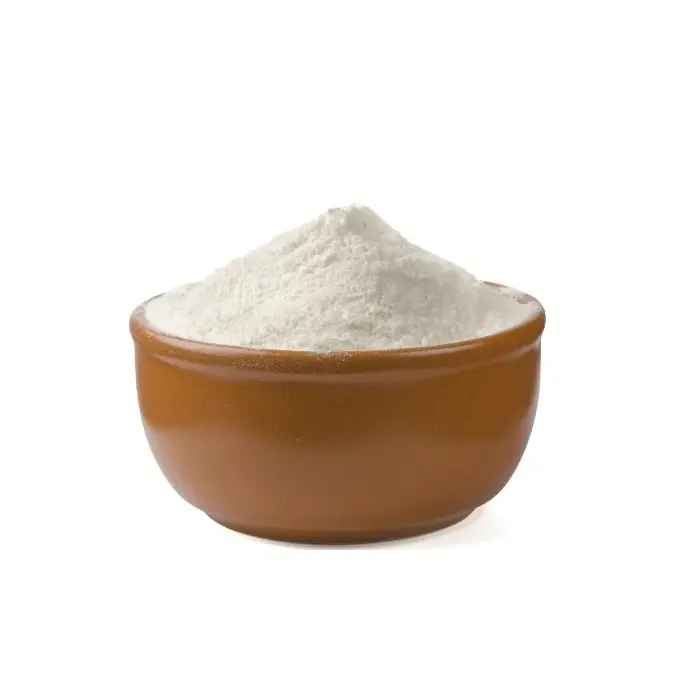Adding high dielectric constant magnesium oxide as an inorganic filler to the polymer matrix is indeed an effective method for preparing high energy storage density composite materials. However, this method also faces the problem of reduced breakdown electric field strength while increasing the dielectric constant. The following is a detailed analysis of this problem:
Addition of high dielectric constant inorganic fillers: By adding high dielectric constant inorganic fillers, such as magnesium oxide, to the polymer matrix, the dielectric constant of the composite material can be significantly increased, thereby increasing its energy storage density. This strategy is a key step in preparing high energy storage density composite materials.
Problem of reduced breakdown electric field strength: Generally, the addition of high volume fraction of inorganic materials will reduce the breakdown electric field strength of the composite material, which may affect the safety and life of the material. Therefore, solving this problem is crucial to ensure the practicality of the composite material.
Strategy to improve the breakdown field strength: In order to solve the problem of reduced breakdown electric field strength, the collaborative team proposed a strategy to use the local reverse electric field generated by negatively charged inorganic fillers to suppress the generation of secondary collision electrons, thereby hindering the formation and development of the breakdown phase, and thus improving the breakdown field strength and energy storage density of the composite material.
Application of Nanocomposite Dielectrics: Polymer nanocomposite dielectrics combine the excellent dielectric properties of inorganic fillers with the high breakdown field strength and easy processing of polymer matrices, and are an effective way to improve the energy storage performance of power capacitors. However, the difference in dielectric properties between nanofillers and polymer matrices needs to be addressed by appropriate methods to avoid a reduction in breakdown strength.

Interface modification methods: In order to improve the energy storage performance of composite materials, researchers have explored a variety of interface modification methods, including coupling agents, surfactant surface modification, polymer shell surface modification, inorganic shell surface modification, and organic-inorganic shell synergistic modification. These methods have a significant effect on the polarization and energy storage properties of composite materials.
Interface models in nanocomposite media: Interface models in nanocomposite media are crucial to understanding how nanoparticles improve dielectric electrical properties. Lewis, Takada, and Tanaka proposed different interface models, emphasizing the role of interfaces in charge storage.
Methods for detecting interfacial charging phenomena: In order to better understand interfacial charging phenomena in nanocomposite media, researchers have used methods and techniques such as electrostatic force microscopy, synchrotron radiation small-angle X-ray scattering, and Zeta potential measurement.
In summary, adding high dielectric constant magnesium oxide as an inorganic filler to a polymer matrix can prepare a high energy storage density composite material, but appropriate strategies are needed to solve the problem of reduced breakdown electric field strength. This includes utilizing the local reverse electric field generated by negatively charged inorganic fillers, exploring interface modification methods, and in-depth research on interface models in nanocomposite media and methods for detecting interface charging phenomena. Through these methods, the breakdown field strength and energy storage density of the composite material can be effectively improved, thereby meeting the needs of high energy storage performance materials.

